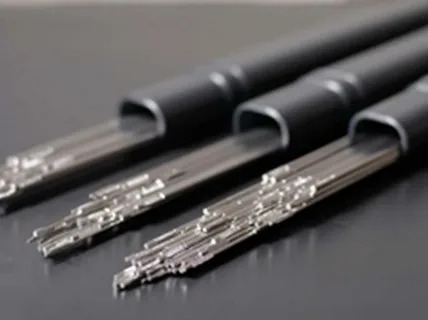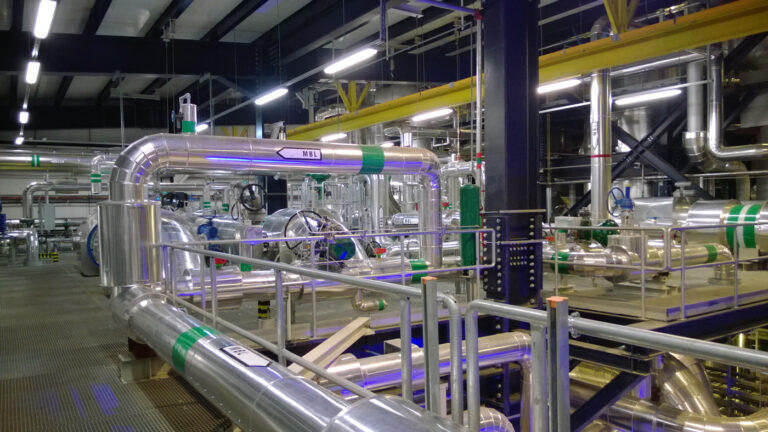
Everything You Need to Know About Stainless Steel TIG Wire
Are you looking for a welding solution to join your stainless steel projects? If yes, stainless steel TIG wire might be the perfect choice. TIG or “tungsten inert gas” welding produces high-quality, clean welds ideal for stainless steel. In this blog post, we’ll look at everything you need to know about stainless steel TIG wire, including its benefits, practical applications, and more.
1. What is Stainless Steel TIG Wire?
Stainless steel TIG wire is a type of filler wire that is used in the TIG welding process. It’s made of premium-quality austenitic steel, which is processed to render excellent welding performance. Additionally, stainless steel TIG wire consists of added materials, including high levels of nickel, molybdenum, and nitrogen, to enhance its Durability, resistance to corrosion, and overall weld quality.
2. Benefits of Stainless Steel TIG Wire
a. Corrosion Resistance:
One of the significant benefits of using stainless steel TIG wire is its corrosion resistance. Given the added materials in its composition, you can expect the welds to resist rust and corrosion, making it perfect for joining pipelines, tanks, and marine applications.
b. Aesthetic Appearance:
If you’re looking for an option that will provide your project with an aesthetic appearance, stainless steel TIG wire is a good choice. This type of welding produces a clean and polished weld, making it ideal for joining stainless steel railings, fences, and more.
c. Durability:
Stainless steel TIG welding produces strong, durable welds that withstand harsh weather and environmental conditions.
3. Practical Applications of Stainless Steel TIG Wire
– Food and Beverage Industry:
Thanks to the corrosion-resistant features and hygienic properties of stainless steel TIG wire, it’s ideal for welding equipment used in the food and beverage industry.
– Medical Industry:
Stainless steel TIG welding is used to manufacture medical equipment such as surgery tools, orthopaedic implants, and other medical devices that require high-level cleanliness and precision.
– Aerospace and Automotive Industry:
Given its Durability and resistance to extreme environments, stainless steel TIG wire is used in aerospace, automotive, and industrial applications.
4. Tips for Welding With Stainless Steel TIG Wire
– Properly prepare the surface to be welded by removing any impurities such as oil, dirt, or moisture.
– Ensure the correct electrode type, size, and composition to match the requirements of your stainless steel project.
– Maintain low amperage and speed to produce high-quality, precise welds.
Conclusion:
Stainless steel TIG wire is the perfect solution for producing high-quality and polished welds on stainless steel. It has many benefits that make it an excellent option for many applications, including corrosion resistance, aesthetic appearance, and Durability. Following the right welding techniques is important to ensure you get the best results. If you’re planning a project using stainless steel TIG wire, follow all the correct protocols to achieve the desired outcome.



